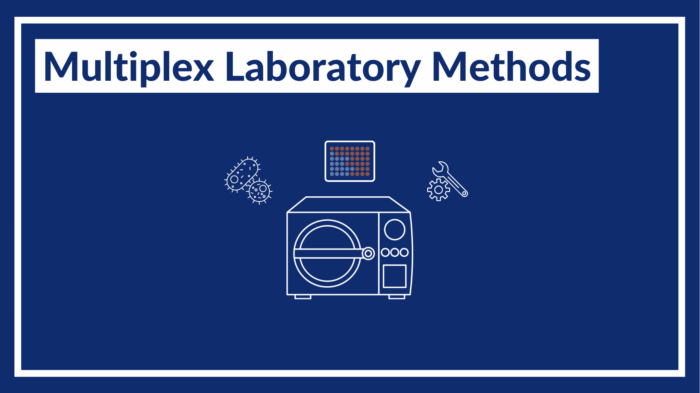Overview
The development and use of multiplex bead immunoassays (MBIAs) can be challenging compared to monoplex enzyme-linked immunosorbent assays (ELISAs). Many Good Laboratory Practice principles that are relevant to conducting monoplex assays are also relevant for MBIAs. Additional detailed information on MBIAs can be found in PAHO’s Toolkit for Integrated Serosurveillance of Communicable Diseases in the Americas.





